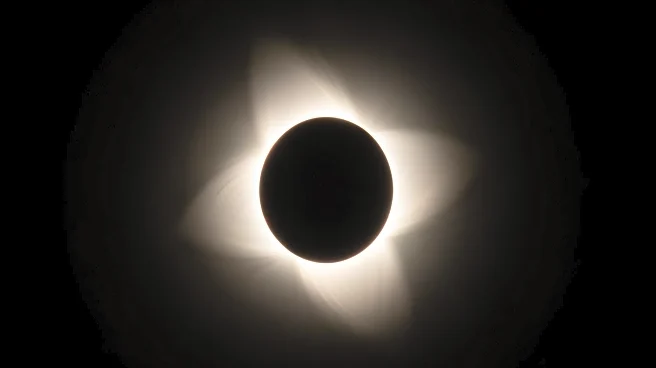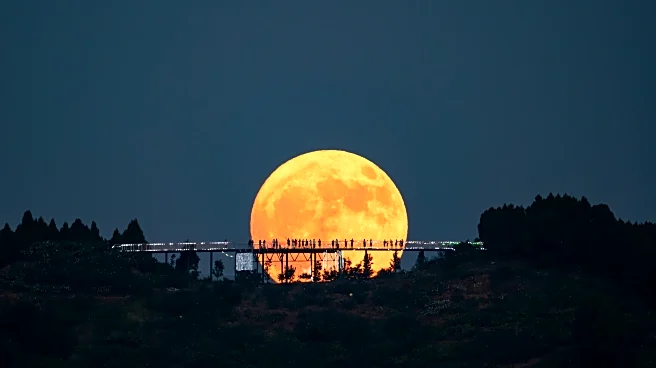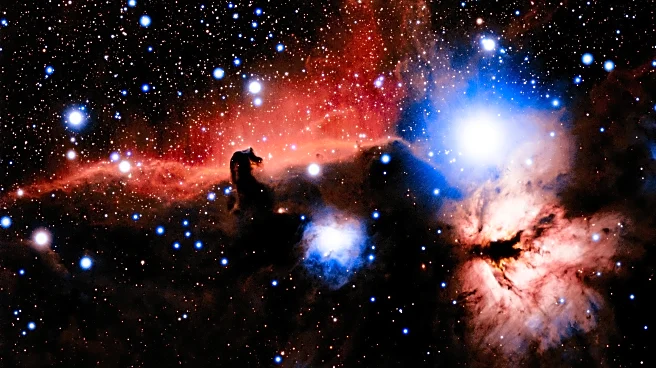What's Happening?
The Beaver Moon, the largest supermoon of 2025, will peak on November 5, appearing up to 14% larger and 30% brighter than usual. This astronomical event occurs when the moon is at its closest point to Earth,
known as perigee, at a distance of 221,817 miles. The moon will be in its waxing gibbous phase, with the best viewing times on the evenings of November 4 and 5. The name 'Beaver Moon' originates from the time of year when beavers build their lodges for winter, a term rooted in the North American fur trade history.
Why It's Important?
The Beaver Moon offers a unique opportunity for sky gazers and astronomy enthusiasts to witness a rare celestial event. Supermoons can have cultural and scientific significance, often drawing public interest and encouraging educational discussions about lunar cycles and their effects on Earth. The event also highlights the moon's influence on tides and its gradual movement away from Earth, which can have long-term implications for our planet's natural systems.
What's Next?
Following the Beaver Moon, the final supermoon of 2025 is expected to peak on December 4. This sequence of supermoons provides ongoing opportunities for public engagement with astronomy and could inspire further interest in space exploration and science education.
Beyond the Headlines
The phenomenon of the moon illusion, where the moon appears larger near the horizon, adds an intriguing psychological dimension to the event. Despite centuries of observation, the exact cause of this illusion remains a mystery, reflecting the complexities of human perception and the enduring allure of celestial phenomena.













